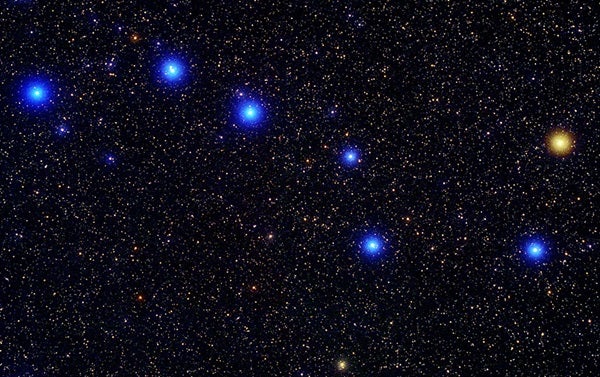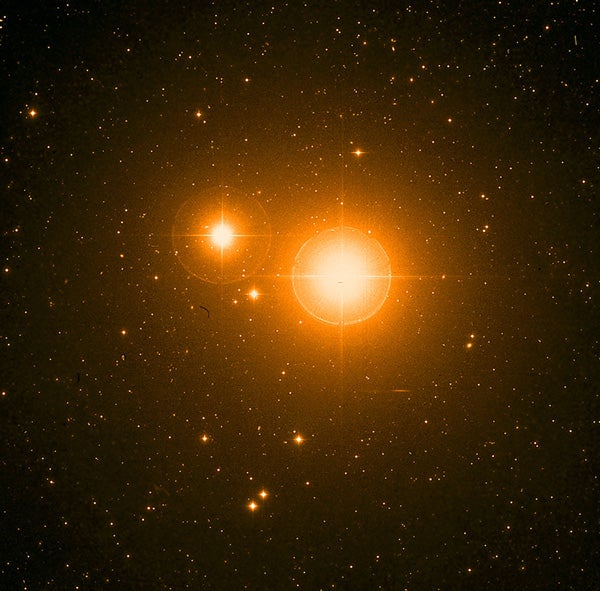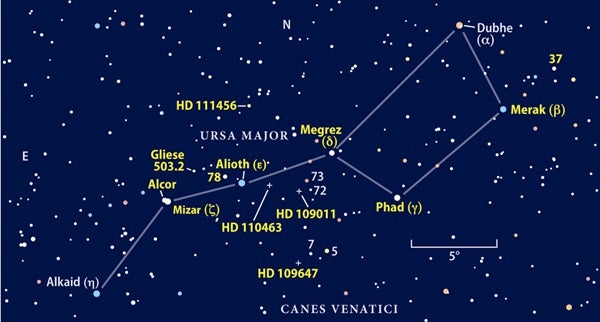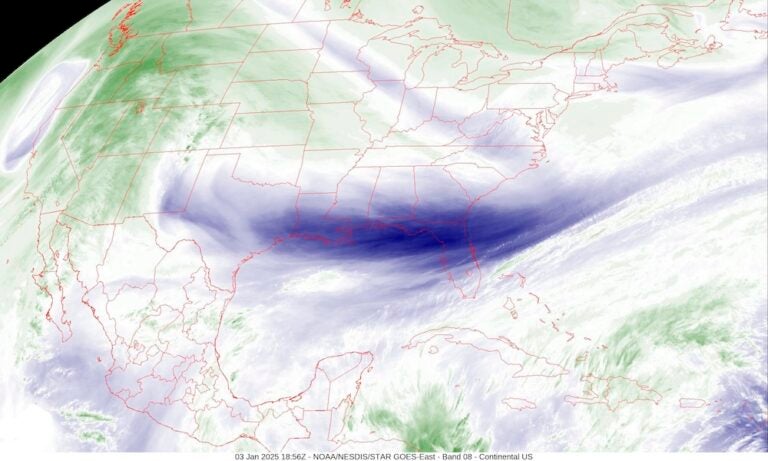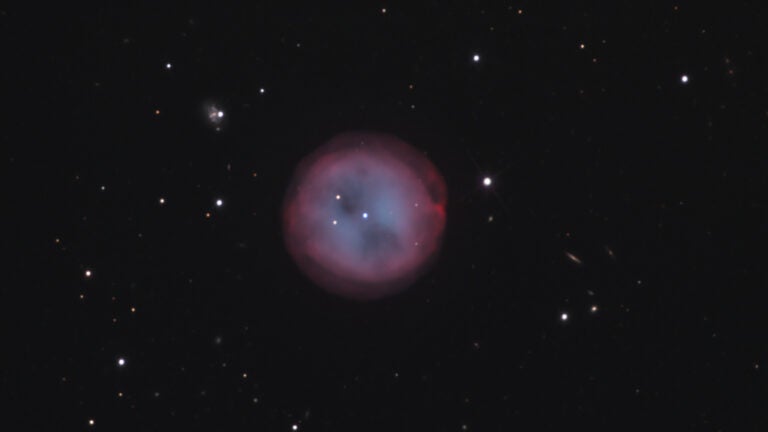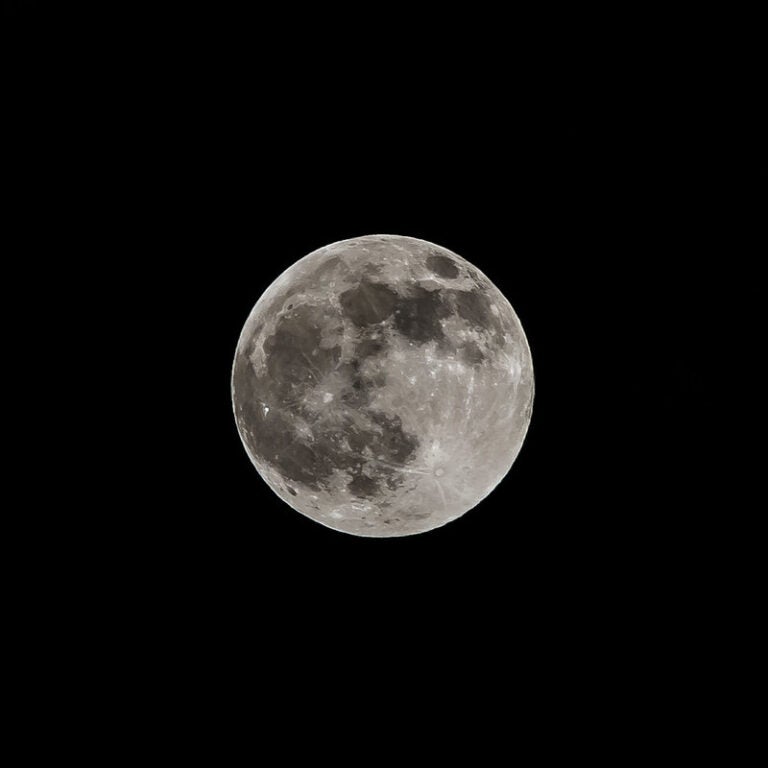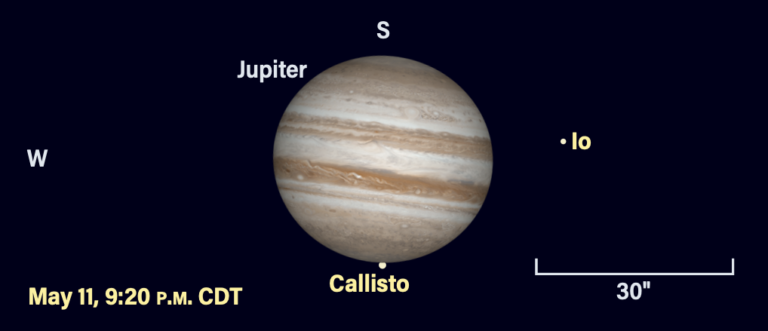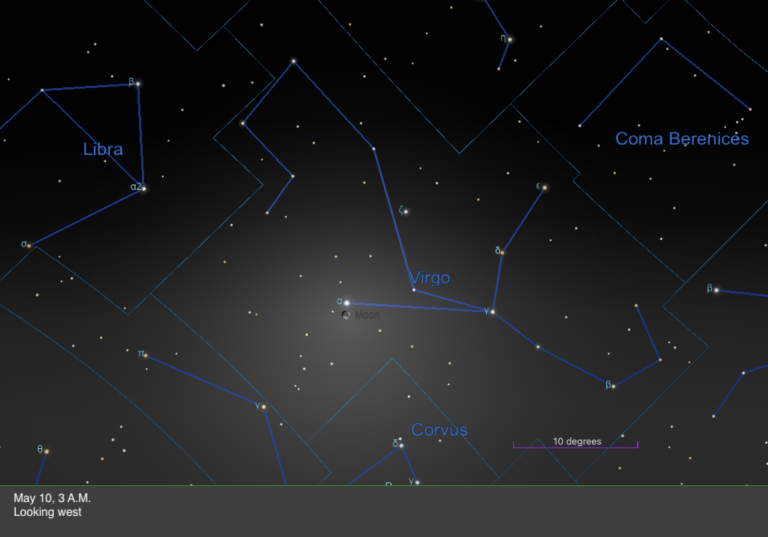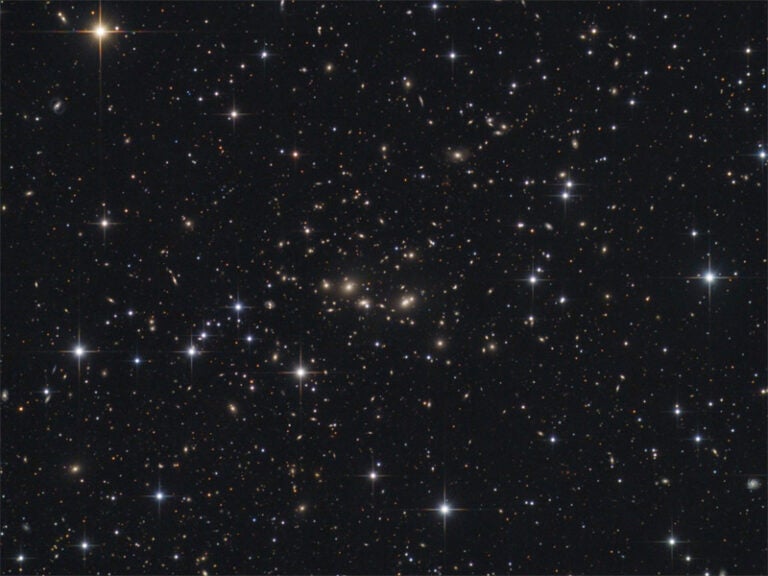Of all the star patterns in the northern sky, the Big Dipper is a perennial favorite. Its striking pattern never “dips” below the horizon from mid-northern latitudes, making it a constant companion.
The group’s prominent pointer stars (Dubhe [Alpha (α) Ursae Majoris] and Merak [Beta (β) Ursae Majoris] in the bowl’s edge) have long directed stargazers toward the North Star. And the naked-eye double star in the Dipper’s handle, Alcor (80 Ursae Majoris) and Mizar (Zeta [ζ] Ursae Majoris), has entertained skywatchers for centuries with its delicate beauty. But there’s more to the Big Dipper than its two-dimensional charms.
Perhaps the most enchanting quality of the Big Dipper is that its five central stars belong to the Ursa Major Moving Group (Collinder 285), the closest stellar family to our Sun.
The group formed some 500 million years ago from the same molecular cloud, but over time galactic tidal forces and close encounters with massive objects freed members, casting them off to the Milky Way background. Today, we see only the scattered remains of a much larger association.
There’s more to
the Big Dipper than
its two-dimensional
charms.
Beyond the five central stars of the Big Dipper, you can see 4 stream members of 4th-magnitude and brighter shortly after sunset this month: Beta Aurigae (magnitude 1.9), Alpha Coronae Borealis (magnitude 2.2), Zeta Leonis (magnitude 3.4), and Beta Serpentis (magnitude 3.6). But imagining them as a collective requires both neck twisting and some mental gymnastics.
That’s why I find hunting down the 14 stars in the group’s core a more satisfying challenge instead. All but one lie in Ursa Major; the solitary “outsider” sails nearby in Canes Venatici the Hunting Dogs.
I’ve listed the 14 core members in bold. Finding them all requires only your naked eyes, binoculars, and the smallest of telescopes. Good luck!
Alcor and Mizar A and B: Begin by looking at 2nd-magnitude Mizar and its companion 4th-magnitude Alcor 12′ to the northeast. Then use your telescope to separate Mizar’s other 4th-magnitude companion, Mizar B, 14″ to the south-southeast. Mizar A and B lie 78 light-years distant; although it’s 3 light-years farther away, Alcor orbits the Mizar system roughly once every 750,000 years. These three stars of spectral class A (one of the hottest stellar classifications) should all appear like sharply cut diamonds through a telescope.
Gliese 503.2: Now use your binoculars to find two 7th-magnitude stars about 1.5° east-northeast of 78 UMa, separated by nearly 35′, and aligned west-northwest to east-southeast. Center the easternmost star in your telescope at low power, and you’ll find that it’s actually two stars of near-equal magnitude, oriented northeast to southwest. Your target is the more northern and brighter of the two, Gliese 503.2. Through my 5-inch, this G star 84 light-years away has the color of Sun-warmed straw.
Megrez (Delta [δ] Ursae Majoris) and HD 111456: The faintest Dipper star, 3rd-magnitude Megrez is another A star, 81 light-years distant. I find its color a muted white, like a faded sock. Now point your binoculars about 4° north-northeast of the midpoint between Megrez and Alioth, where you should find 5.8-magnitude HD 111456. Under a dark sky, I can see it without optical aid, appearing as the brightest star in the region. Telescopically, this F5 star, 2 light-years closer than Megrez, has a clean yellow sheen.
HD 109011 and HD 110463: Now we dip into the core’s inner sanctum by searching for these two K stars. They lie 77 and 76 light-years away, respectively, and shine at 8th magnitude. To find them, center Alioth in your telescope and move 1¾° to the west-southwest. HD 110463 is the southeasternmost star in a chain roughly 30′ long of three approximately 8th-magnitude stars; note, though, that the center one is the variable Y UMa, which transitions from magnitude 7.7 to 9.8 once every 168 days. From HD 110463, sweep 2° west to 6th-magnitude 73 UMa, then 35′ south-southwest to 7th-magnitude 72 UMa. HD 109011 is 40′ almost due east of 72 UMa. Through the 5-inch, both HD 109011 and HD 110463 appear sunset yellow with a kiss of orange light.
HD 109647: Our final and faintest member of the core, HD 109647 lies just over the border in Canes Venatici. It’s as far away as 37 UMa, but at magnitude 8.5 it’s nearly 3 magnitudes fainter. Look about 5.5° south-southeast of Megrez for 5th-magnitude 5 Canum Venaticorum. Center that star in your telescope and then move 1° east to 6th-magnitude 7 CVn. HD 109647 is nearly 1° to the east-southeast. It’s the southernmost star in a roughly 15′-wide triangle of near-similar suns. Through my 5-inch, this K5 star is a topaz splendor.
As always, share observations and experiences with me at someara@interpac.net.



